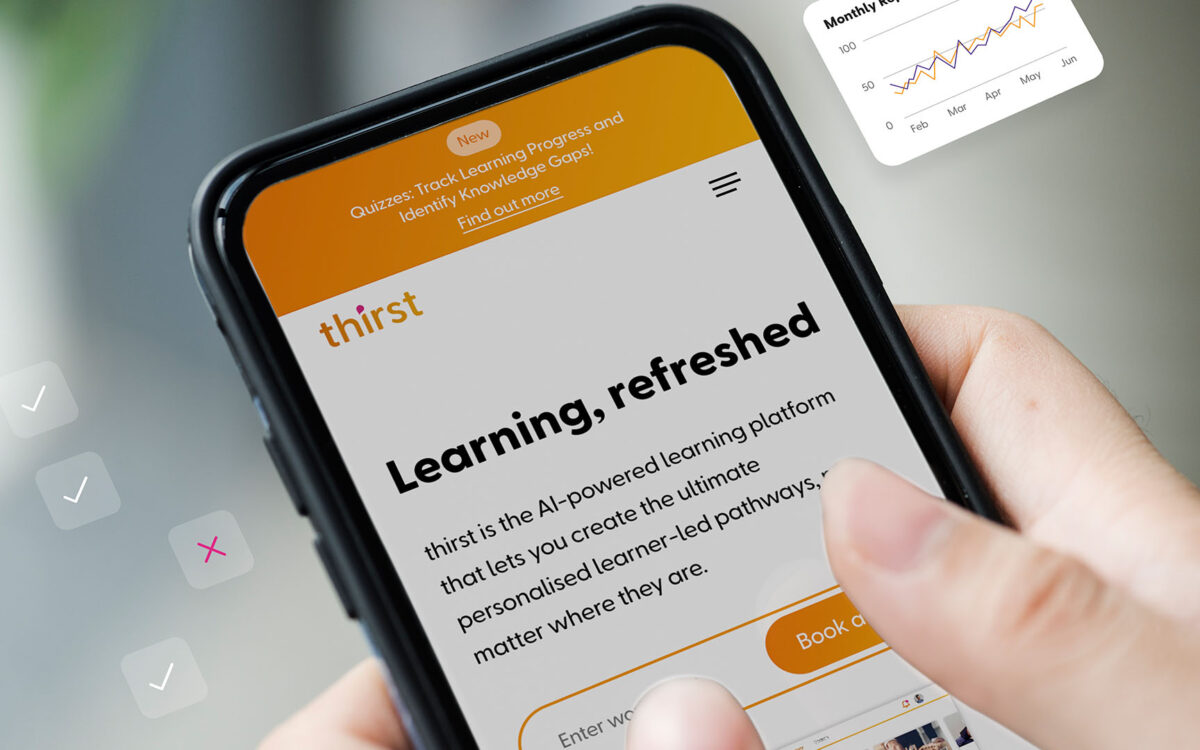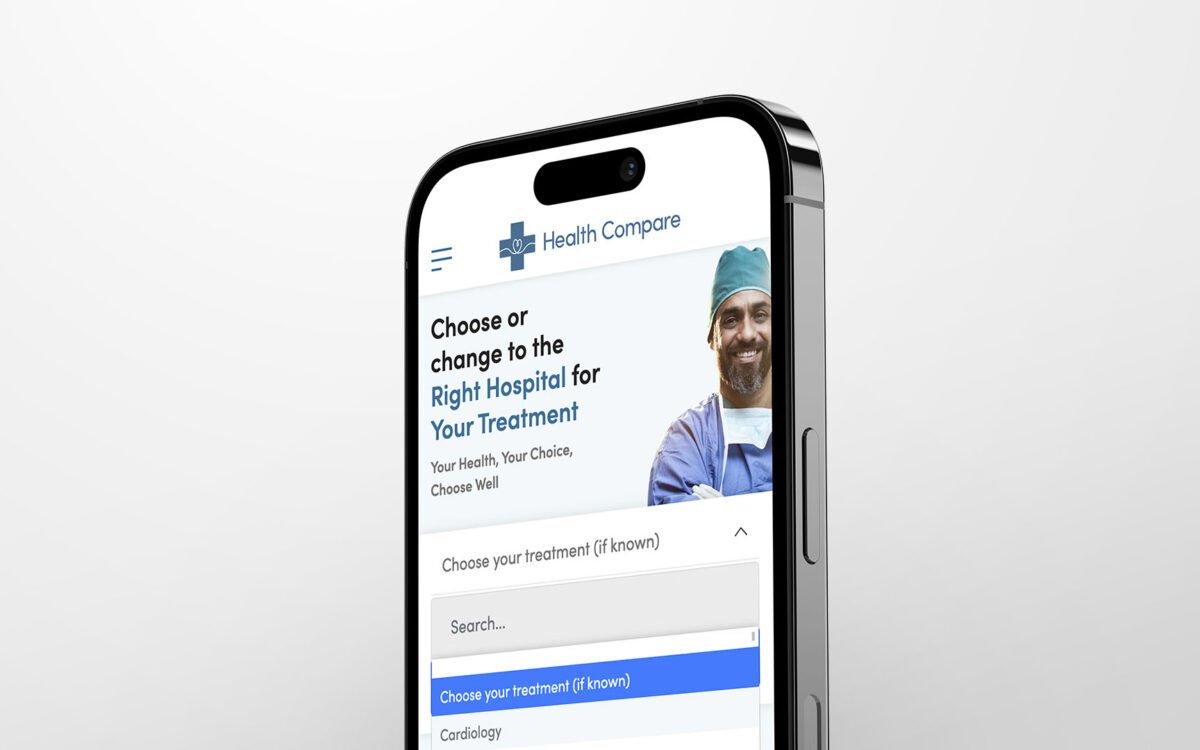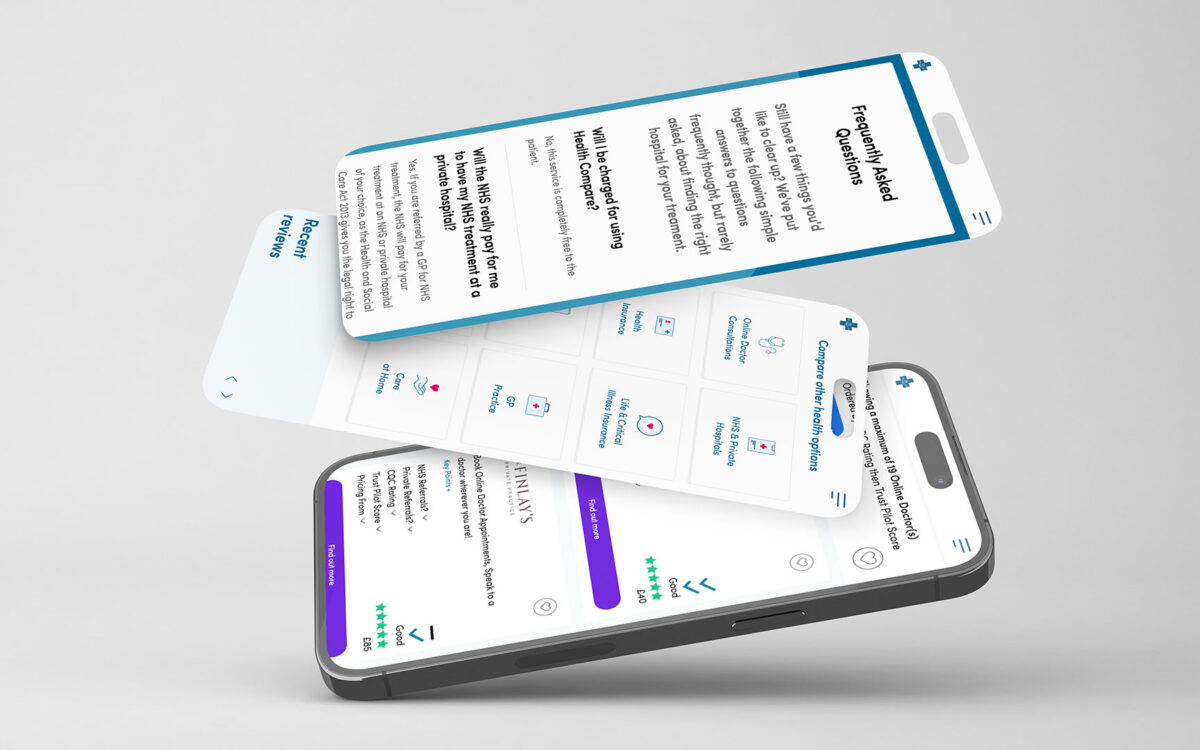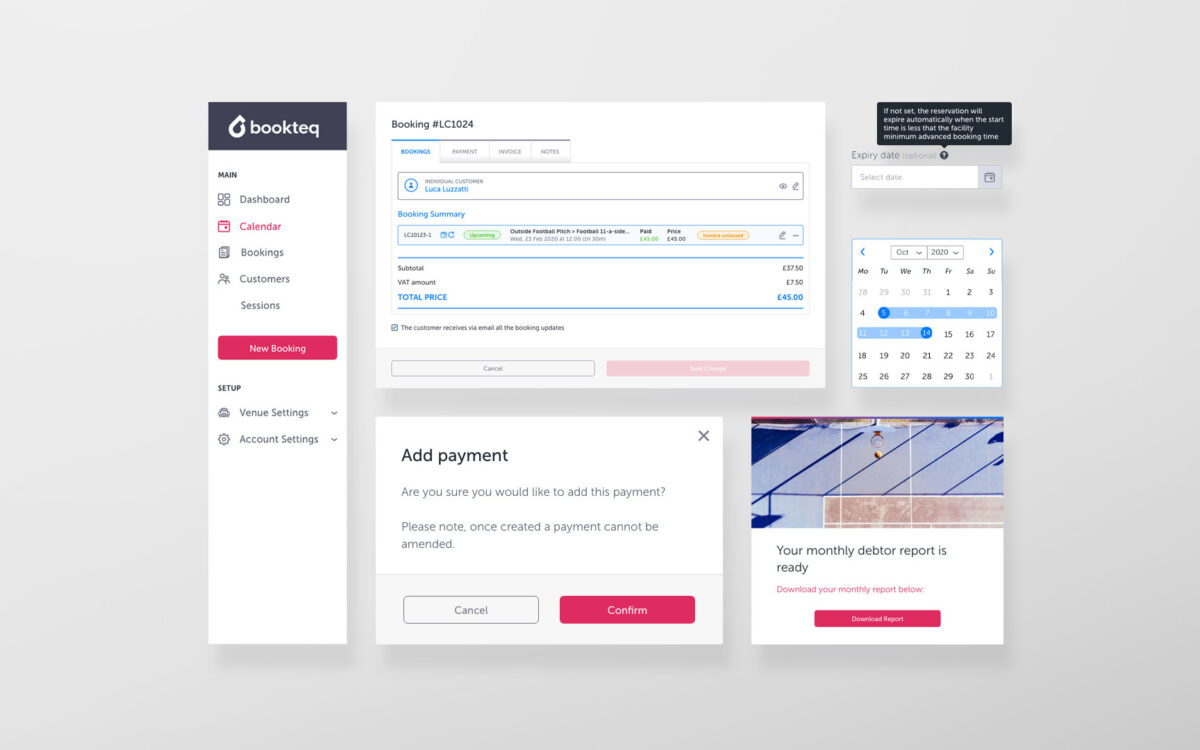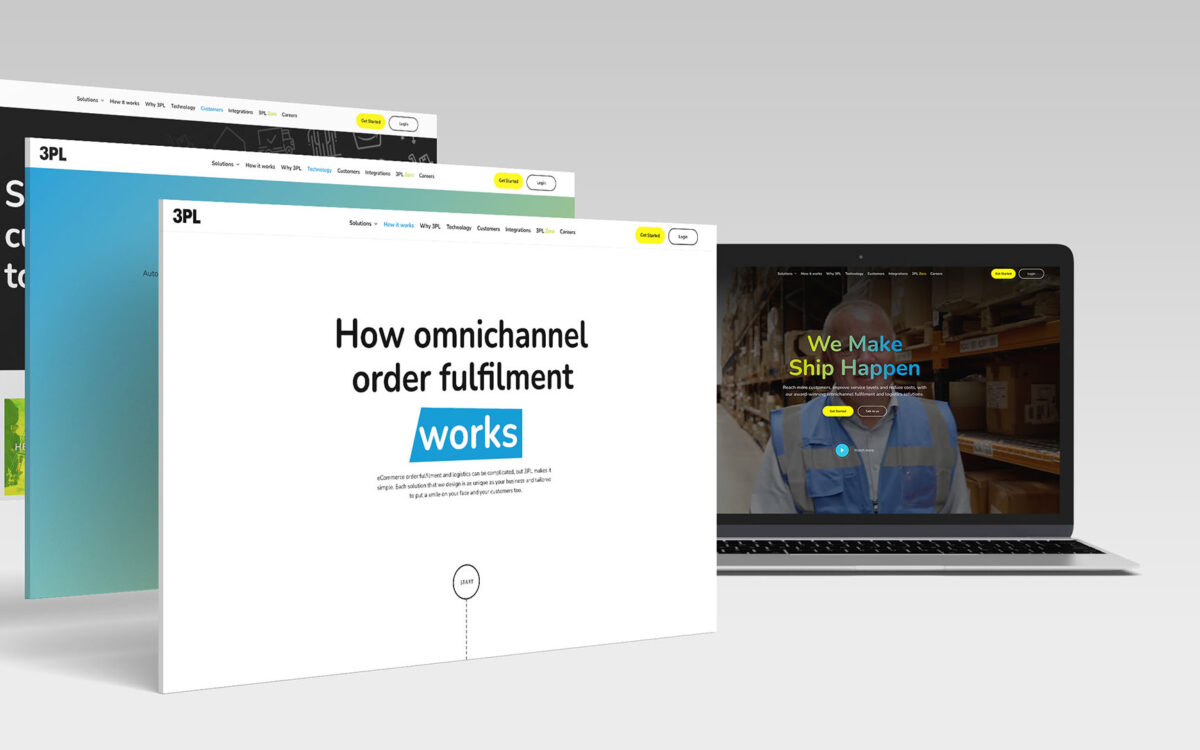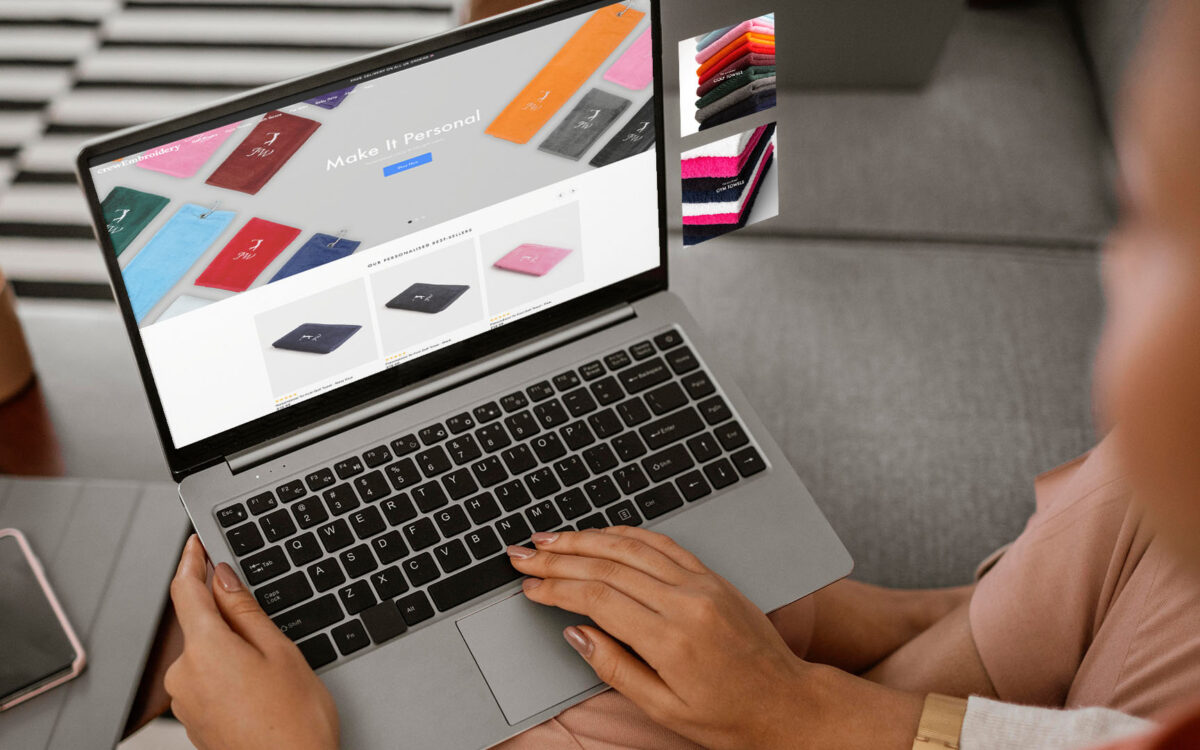Enhancing user experiences
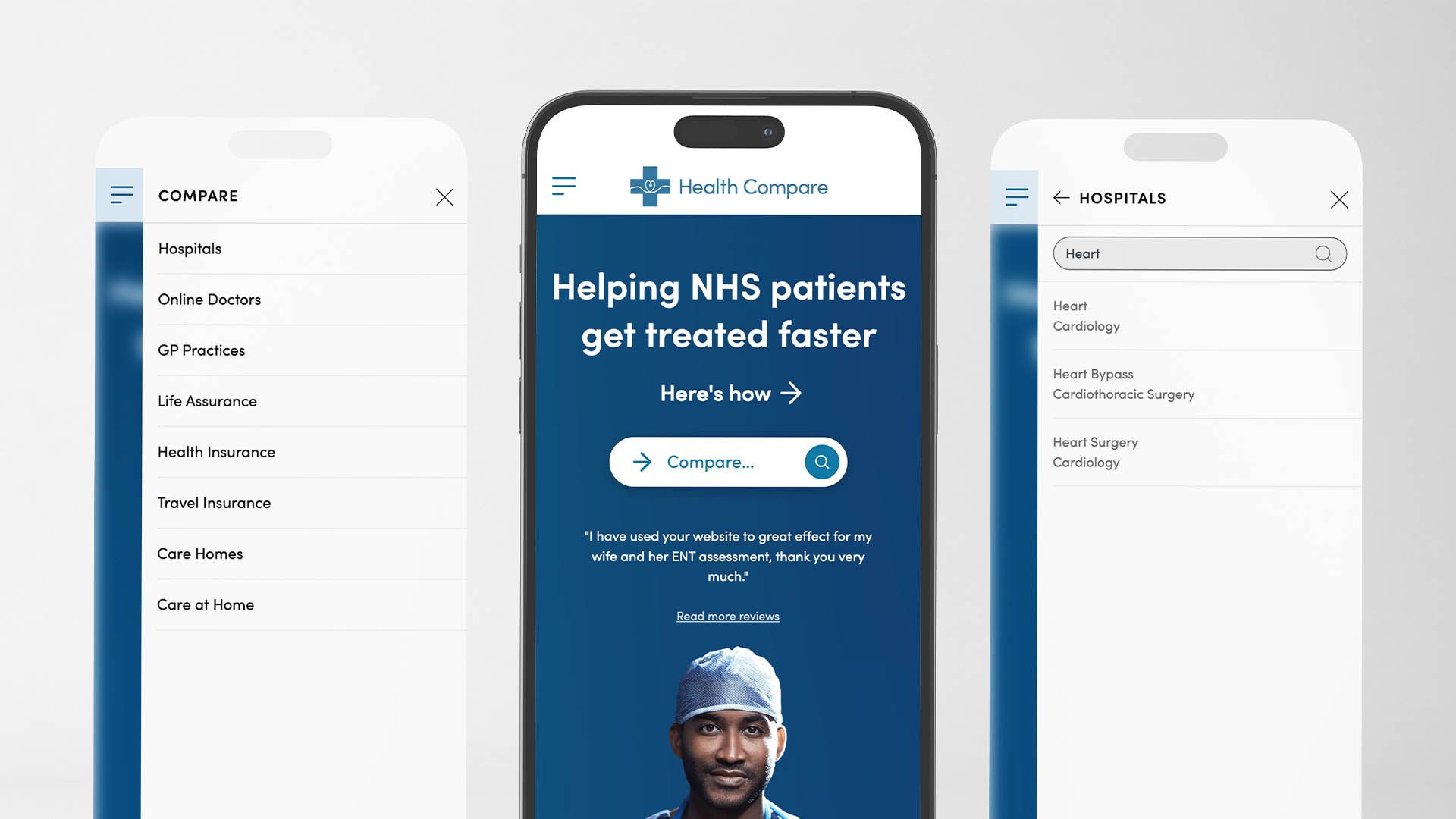
Techniques we use for effective UX and UI experiences.
Our key strategies for enhancing user experience and interface design.
01
User-centered design
02
Wireframing
03
A/B testing
04
Responsive design
05
Information architecture
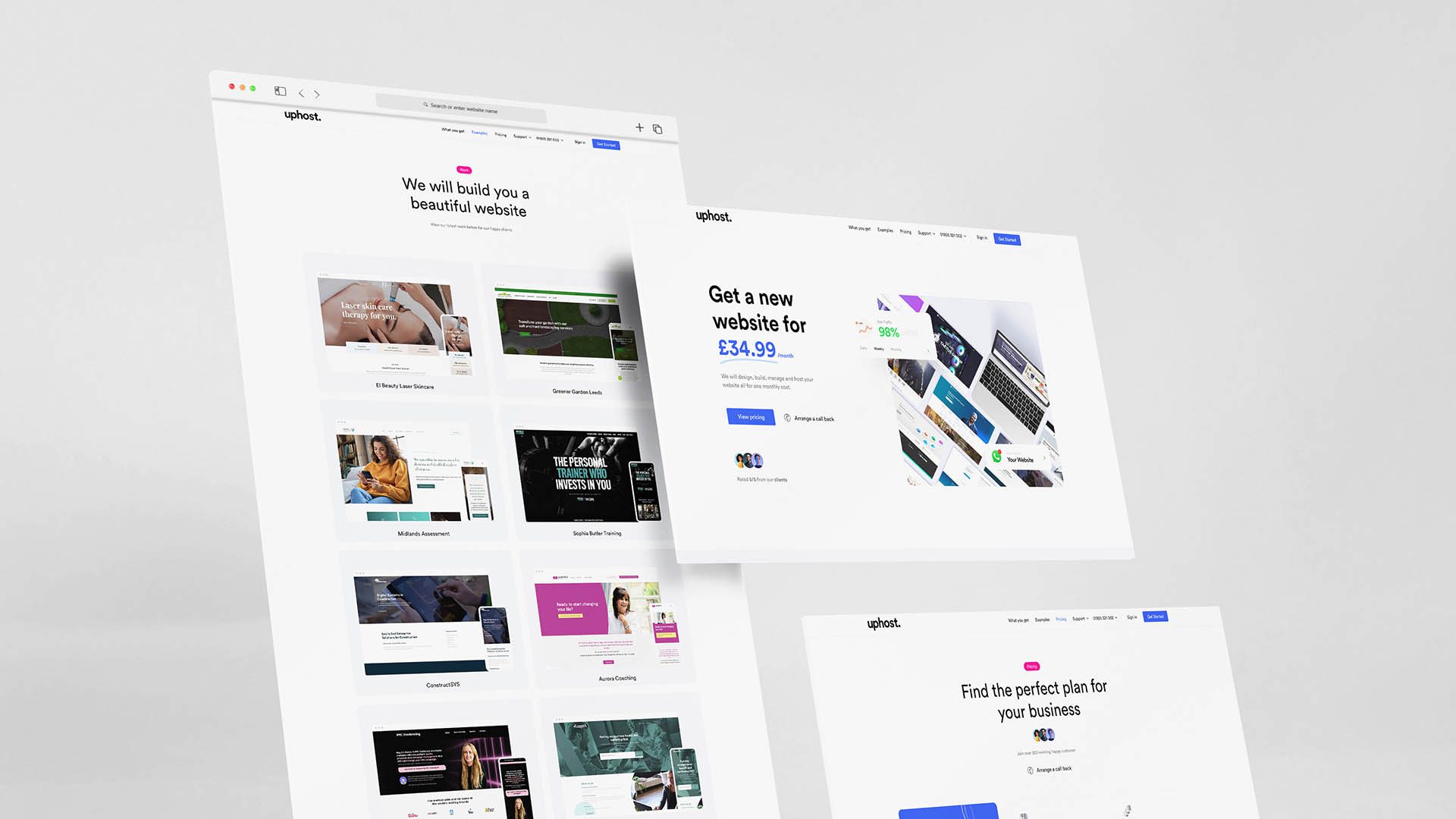
We build all types of systems
CRM Systems
Our agency offers custom CRM system web builds to manage customer relationships and streamline business processes. We work with clients to understand their needs and deliver a solution that works for them.
Microsites
Our agency builds bootstrap microsites that hook up to CRM systems. These microsites usually allow our clients to collect user data or store information to help their users in the form of questionnaires or information libraries.
Data-driven websites
Our team specialises in designing and developing websites that are driven by data and powered by sophisticated databases. Our goal is to generate leads and gather user information, such as what you might find on a comparison website.
Our process
Understanding user needs and goals
The first step in designing an effective UX and UI experience is to understand the needs and goals of the end-user. This can involve conducting user research, analyzing user data, and conducting user testing to identify the most pressing pain points and requirements.
Designing the user interface
Once the user needs and goals have been established, the next step is to design the user interface. This can involve creating wireframes, prototypes, and high-fidelity mockups to visualize the proposed design and test it with real users. The design should prioritize simplicity, ease of use, and a visually appealing aesthetic.
Testing and refining
The final step in the UX and UI design process is to test the design with real users and make any necessary refinements based on feedback and results. This can involve conducting A/B testing, user testing, and data analysis to ensure that the design is both functional and user-friendly. The testing and refinement process should be ongoing and iterative, to continuously improve the user experience.
Frequently Asked Questions
There’s no such thing as a silly question. We’d prefer you to ask the questions to clarify everything upfront. We aim to be as transparent as possible throughout our whole company and processes. Here are some of the things you might want to know.
What is the difference between UX and UI design?
UX (User Experience) design focuses on how a product feels to the user, while UI (User Interface) design focuses on how the product looks and interacts with the user. Both are crucial aspects of product design and work together to create a cohesive and satisfying user experience.
Why is UX and UI design important for my business?
Good UX and UI design can greatly improve user satisfaction and engagement with your product, increase conversions and revenue, and establish a competitive advantage in your market. It can also make your product more user-friendly and accessible, leading to increased adoption and loyalty.
How do I know if my UX and UI design is effective?
The effectiveness of your UX and UI design can be evaluated through a variety of metrics, including user engagement, task completion rate, user satisfaction, and conversion rate. Conducting user testing and gathering feedback can also provide valuable insights into how users are interacting with your product and where improvements can be made.
How do I get started with UX and UI design?
Getting started with UX and UI design requires a solid understanding of user needs and goals, as well as an understanding of the design principles and best practices that guide good UX and UI design. This can involve conducting user research, creating wireframes and prototypes, and conducting user testing to refine and improve the design.
What are some common mistakes to avoid in UX and UI design?
From a digital agency perspective, some common mistakes to avoid in UX and UI design include:
- Not understanding the target audience: Failing to conduct proper user research and not understanding the needs and goals of the target audience can lead to a poor user experience.
- Ignoring mobile: With more and more users accessing the web on mobile devices, it’s crucial to design with mobile in mind and ensure that the UX and UI are optimized for small screens and touch-based navigation.
- Overcomplicating the design: Keeping the design simple and intuitive is key to creating a positive user experience. Overcomplicating the design with too many features or a cluttered layout can make it difficult for users to navigate and find what they are looking for.
- Neglecting accessibility: Designing for accessibility is not only a legal requirement but also an important aspect of UX and UI design. Failing to take accessibility into consideration can limit the reach and impact of your product.
- Failing to test and iterate: UX and UI design should be an ongoing and iterative process, with regular testing and refinement based on user feedback and data analysis. Failing to test and iterate can result in a sub-optimal user experience and a less effective product.
UI/UX work
Let’s build something amazing  together
together
Introduce yourself, your project/idea, and explain why it matters to you and everyone else.
Email: [email protected]
Tel: 01925 321 326
